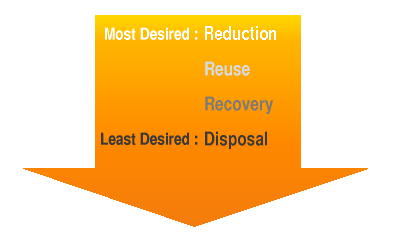Waste Disposal Legislation: An OverviewThe creation of waste and its disposal is a great problem faced by many societies. Currently in the UK around 435 million tonnes of waste is produced per year, with commercial and industrial sources being the main generators. Waste disposal methods vary, although all bring with them environmental challenges and a need for careful monitoring. Landfill sites, which are currently the most favoured disposal option in the UK, are regulated by various controls, coupled with some Directives and International agreements. IPC/IPPC laws are also relevant to waste disposal. Since the passage of the Environmental Protection Act 1990 (EPA 1990), the waste problem has received more attention and new legislation has been passed to reflect this, with a main objective of controlling the movement and disposal of waste. This section will look firstly at the legislative framework within the UK for waste disposal from the Control of Pollution Act 1974 (COPA 1974) to the Environmental Protection Act 1990 (EPA 1990) and its Duty of Care provisions (which will be focused upon in more depth). It will also briefly touch upon the national waste strategy provided for by the Environment Act (EA) 1995. Legislative Framework for Disposal of Waste to LandThe government has developed a waste hierarchy for waste of: 
The government's strategy for waste minimisation is reflected in Part V of the Environment Act 1995. This part of the Act outlined provisions for a National Waste Strategy for England and Wales. Read "A Way With Waste" - the waste strategy for England and Wales. The legislation currently governing waste is contained in the Control of Pollution Act 1974 (COPA). Part II of EPA 1990 provides for waste collection and disposal and clarifies many uncertain or ignored sections of COPA 1974. Regulatory bodies with specific responsibilities were established under EPA 1990,were:
EA 1995 has amended EPA 1990 further and now the regulatory body is the Environment Agency. The Health and Safety at Work Act 1974, which requires safe working practices, provide further constraints on the waste disposal industry. This in turn limits an organisation's disposal options and requires it to have knowledge of the hazards associated with wastes. |